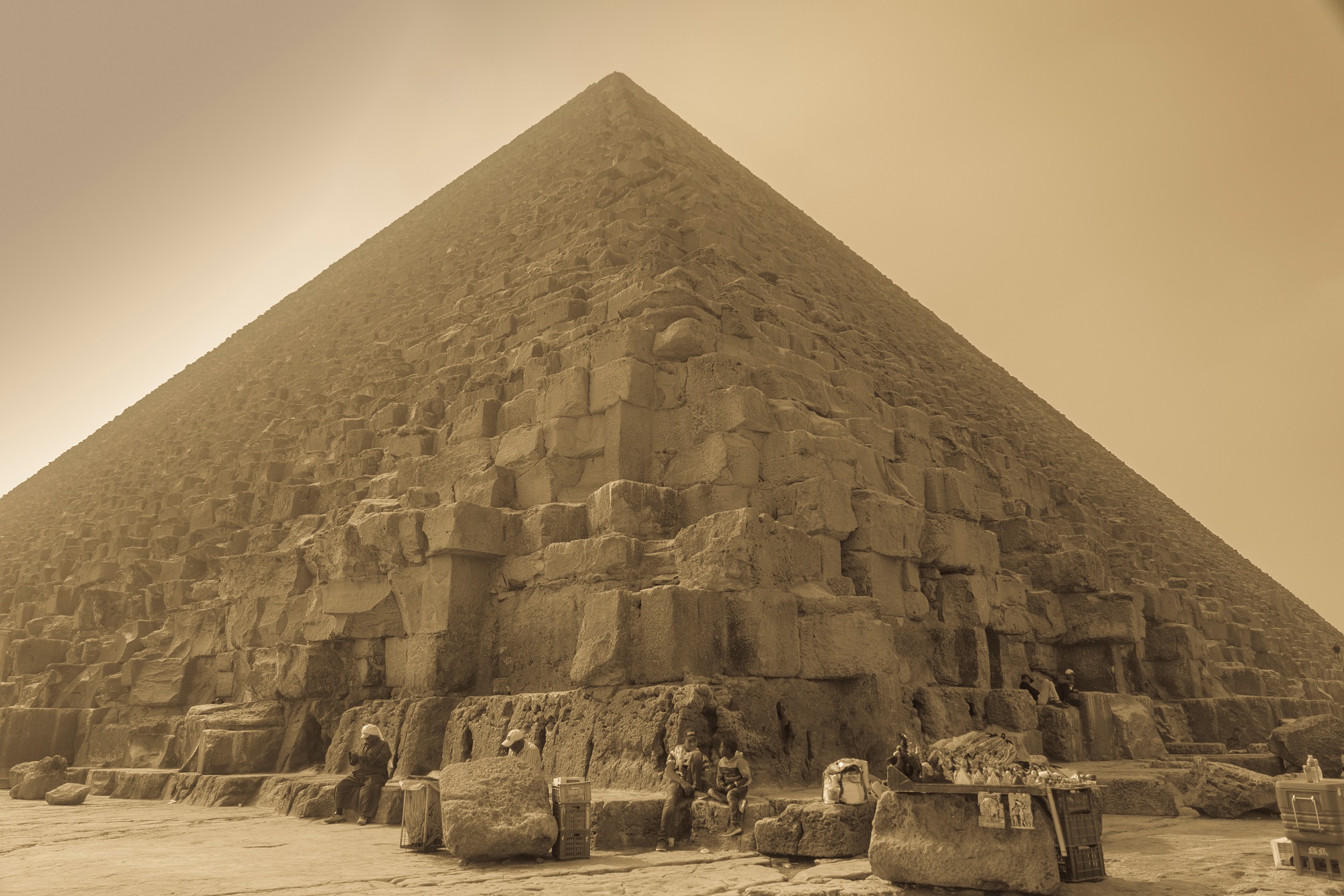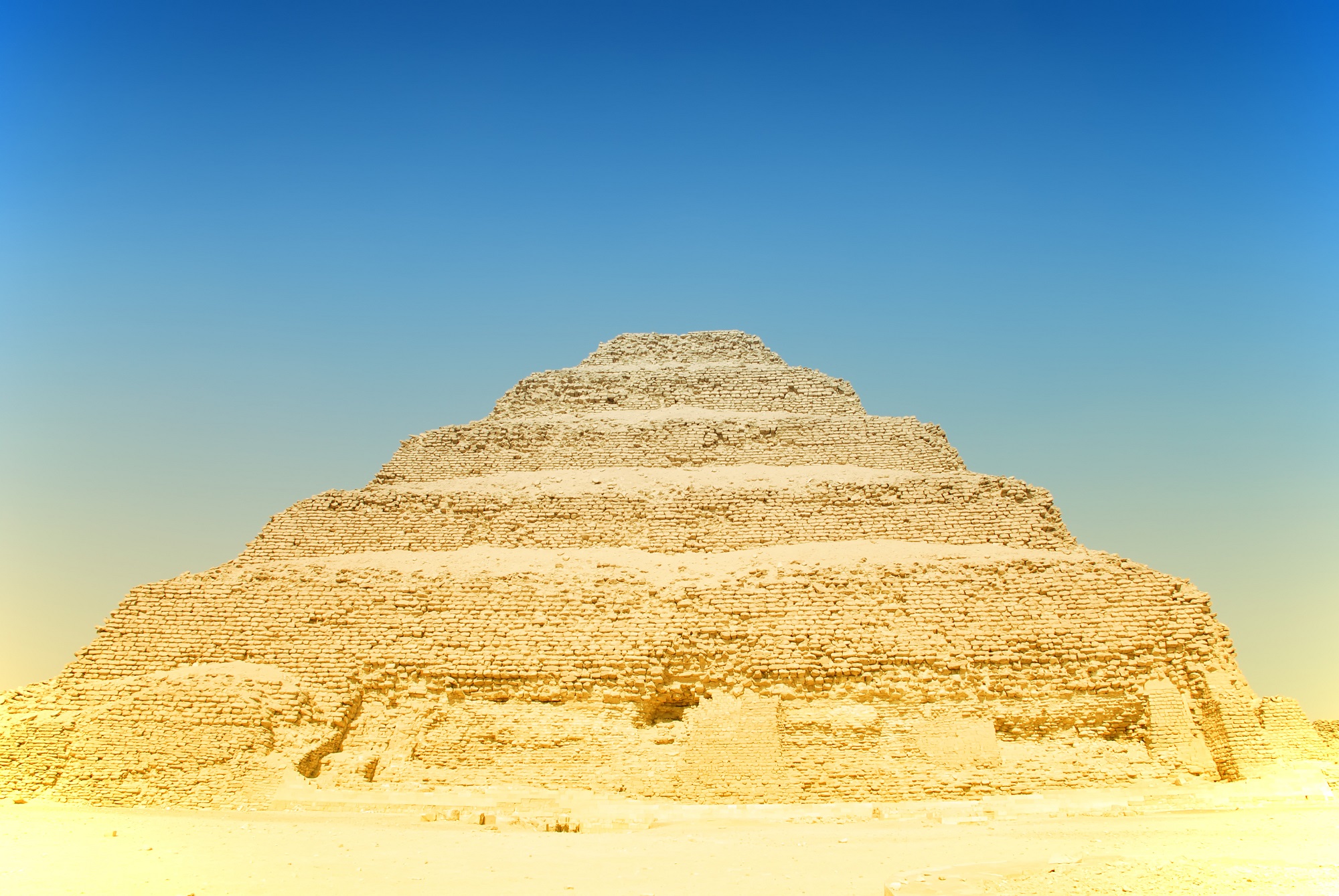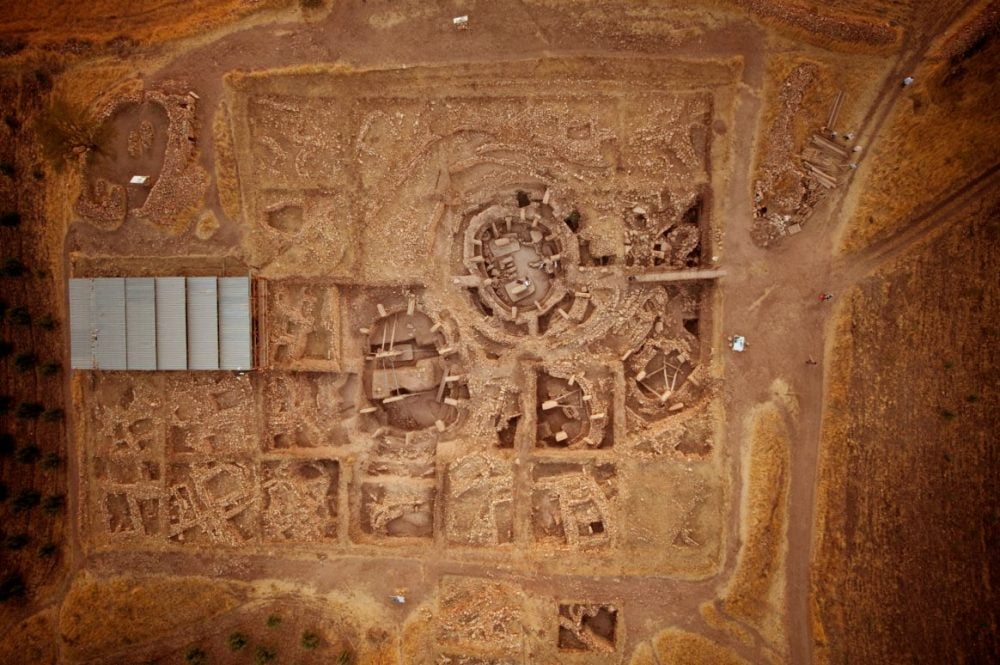This Book About Pyramids Is a Must Read For Anyone Interested in the Subject

Humankind erected pyramids thousands of years ago. There are two clearly divided groups of people when it comes down to the pyramids of Egypt. There are those in favor of a mainstream timeline, which suggests the pyramids of Egypt were “born” in the third Dynasty reign of King Djoser, and there are those who argue that the pyramids are far older than Egyptologists are trying to represent.
Pyramids are my passion. I am in love with Egypt, its history, and its golden sands. I am swept from my feet by the magic imbued in the Egyptian culture.
There are many things about Egypt that draw my attention, but probably like most people out there, I am attracted magnetically to the pyramids of Egypt. Mainstream scholars tell us that there are some 100 (120?) pyramids in Egypt. These structures are in various stages of preservation; there are pyramids that stand tall and proud like the Great Pyramid of Giza, and there are those that are no more than rubble, barely identifiable as pyramids in the first place.

This, I believe, is the beauty of the pyramids, and what makes their search so unique in the first place.
Although most people are attracted to the Great Pyramid of Giza because of its immense size and the mysteries surrounding it, I can’t really pick out one that I call my favorite. In turn, I see the Egyptian Pyramids as a conglomerate of stone monuments that left a deep imprint in the history of humanity.
Each pyramid is impressive in its way.
The Step Pyramid of Djoser, for example, is fascinating for several reasons. First of all, it is one of the oldest stone pyramids in Egypt (according to mainstream Egyptology), and it is a monument that forever changed the course of architecture in Egypt.
Although incorrectly cataloged as the first cut-stone monument of Egypt, the Step Pyramid is undoubtedly a revolutionary monument. For starters, it is believed to have changed entirely the way monuments were built in Egypt, and its successful completion saw architects and engineering favor the use of massive blocks of stone in the construction of monuments.
Likely contemporaneous with the pyramid of Caral in Peru, the Pyramid of Djoser has two sides. Just as the duality represented by country; Upper and Lower Egypt, the pyramid, as well, has very different sides.
The above-ground elements are just part of a small of the totality of the pyramid.
Before the first foundation stones were laid by the builders led by royal Vizier Imhotep, workers dug a shaft into the Saqqaran bedrock producing a shaft 28 meters deep, 7 meters wide. This shaft would alter become the entrance to a subterranean world of epic proportions, covering 5.7 kilometers in length.
Above it, they crafted the first square mastaba, atop which the Step pyramid was built, in a period of around 19 years, and so the first stone pyramid of Egypt was born.
What followed it is nothing short of extraordinary.
Although one would expect similar pyramid complexes to be built by Djoser’s successors, this was not the case. In fact, it wasn’t until the Fourth Dynasty reign of Sneferu that Egypt saw the birth of another pyramid. Sneferu would eventually build the Red pyramid, a monument that is believed to have directly influenced the later construction of the Great Pyramid of Giza.
The above is a short version of how the birth of the Egyptian pyramid is explained, according to mainstream experts.
And one of these mainstream experts I greatly admire. His name is Ahmed Fakhry, and his revolutionary work on pyramids has helped greatly expand my knowledge about the ancient Egyptian civilization and the construction of pyramids.
Here’s My Review of One of the Best Books On Pyramids; Ahmed Fakhry’s “The Pyramids”
The Pyramids (2nd edition) available on Amazon is a book I highly recommend to anyone who is looking to get a better understanding of the pyramids.

Although it lacks many recent discoveries, the book offers unprecedented data on the birth of pyramids in Egypt, their history, and their legacy.
The book offers an easy-digestible summary of Egyptian pyramids; it takes the reader on a journey in time, where Fakhry begins by explaining the reason behind why the pyramids have caused such amazement throughout the millennia.
The book takes us through a chronology of pyramid building in ancient Egypt, and explains the origin of the pyramid, the birth of the first stone pyramid complex, and its meaning, as well as what followed it.
The book helps us better understand some of the most iconic figures related to Egyptian pyramid building such as Djoser and Imhotep, the man thought to be directly responsible for planning and designing the Step Pyramid Complex.
The Pyramid by Fakhry also delves into the mysteries surrounding the Sphinx, the worship of the Sun, and how the pyramid of Egypt eventually declined.
It concludes with a description of the curious pyramids of Sudan, which, although smaller when compared to their Egyptian counterparts, offer a plethora of mystery and archeological treasures.
The illustrations in the book are elaborate, self-explanatory, and place the reader into an unprecedented world where the pyramids are out there for the taking.[:]




One Comment